What is a Material in SAP
Material is goods or objects that are used, consumed, sold or created during the manufacturing may be called materials. It is the smallest unit that cannot split into any smaller unit. The material can be traded, used in manufacture, consumed are produced. A Service may also be treated as material.
Material master data
Material Master contains the description of all materials that an enterprise procures, produces or keeps in stock. It represents the central source for the material specific data. Integration of all material data in a single material database eliminates the problem of data redundancy and permits the data to be used not only purchasing but other applications like inventory management, Material Planning & control, Invoice Verification, etc. The data mentioned in the Material Master is for more than one organizational level and How the information in the Material Master is organized in the Material Master Data Base?
- Data at Client level: (data is valid for the whole company): Ex: Material No, Short Text, Material Group, Base and Alternate Unit Of Measure.
- Data at Plant level: All the data that is valid within the plant and for all storage locations in its store at the plant level.Ex: Purchasing data, MRP data, Forecasting data and work scheduling data
- Data at Storage Location Level: All the data that is valid for a particular storage location is stored at this level. Ex: shelf life, Storage bin Description, picking area, valuation class, etc.
Material Type, Group and Class
- A Material Type has Certain attributes of Material called Material Type or Grouping of materials with the same basic attributes/characteristics. Ex: Raw Materials, Semi-finished or finished products.
- A Material Group has Similar properties of material grouped together called Material Group (Or) grouping of materials according to their characteristics. Ex: Ladies ware, Office supplies, etc.
- A Material Class has Material Classification is for easy and fast retrieval of (material) data.

Material Types are used for the following areas
- Profit Center Accounting
- Valuation & A/c Assignment (Valuation Class)
- Product Cost Planning
- Production, BOM and Routings
- SD (Availability Check)
Material Type determines which accounts are to be posted when a material is posted or leaves from the warehouse. Together with plant, the material type determines the materials Inventory Management Requirements like
- Material Type Controls type of Number assignment, Permitted Number range
interval - Which screens are to be displayed in which order?
- Which procurement type is permitted for material? i.e. whether the material is procured externally, in-house or both allowed. Etc
- Which G/L accounts are to be updated?
IMG settings: Material Master
- Define valuation level:     SPRO-> Enterprise Structure -> Definition -> Logistics – General ->Define valuation level (OX14)
- Define Output Format of Material Numbers: SPRO->Logistics – General -> Material Master -> Basic Settings ->Define Output Format of Material Numbers (OMSL)
- Maintain Company code at Material Management: SPRO->Logistics – General -> Material Master -> Basic Settings -> Maintain Company Codes for Materials Management (OMSY)
- Define Attributes of Material Types: SPRO->Logistics – General -> Material Master -> Basic Settings ->Material Types-> Define Attributes of Material Types (OMS2) – Qty and Value updating
- Define Number Ranges for Each Material Type: SPRO->Logistics – General -> Material Master -> Basic Settings ->Material Types-> Define No Ranges for Each Material Type (MMNR)
- Define Material Groups: SPRO->Logistics – General -> Material Master -> Settings for Key Fields ->Define Material Groups (OMSF)
- Create Purchasing Groups: SPRO->Material Management -> Purchasing -> Material Master -> Create Purchasing Groups
Creating Material Groups
Enter MFG in the Material Group text box, and click Material Group Basic Data.

Enter Manufacturing under Material Group Description, and select Production from the drop-down menu for the department. Click save.
Repeat the above procedure to create a Materials Group for a Material Group called TRADE.



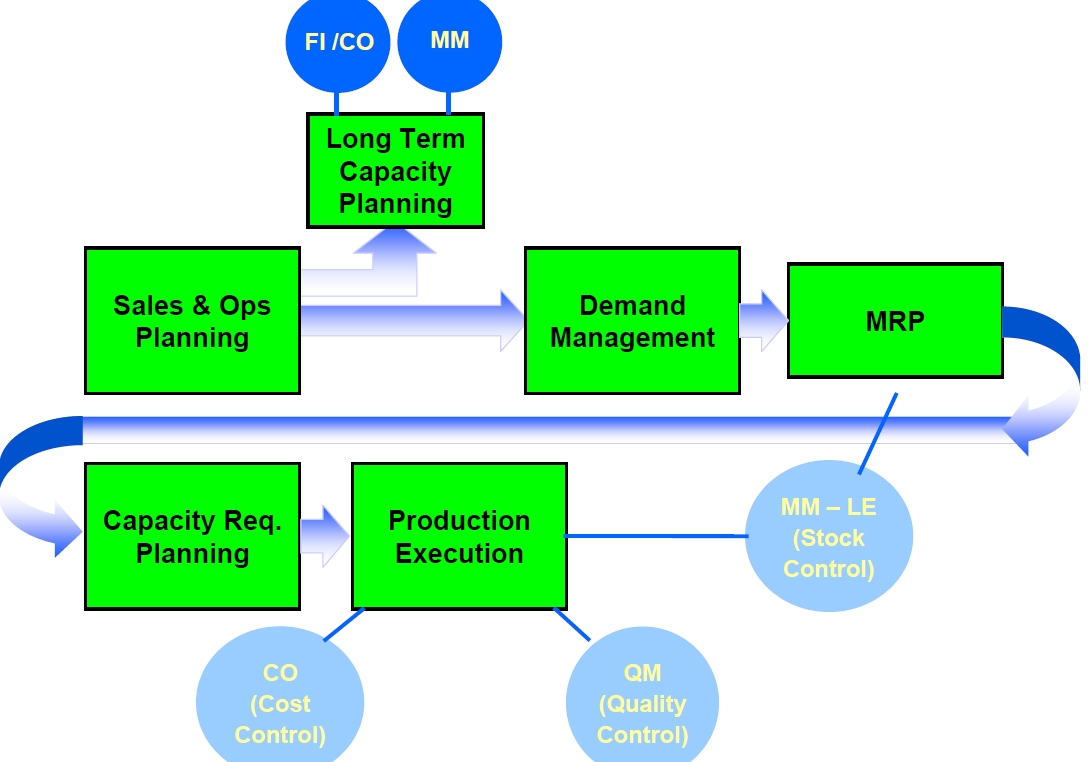

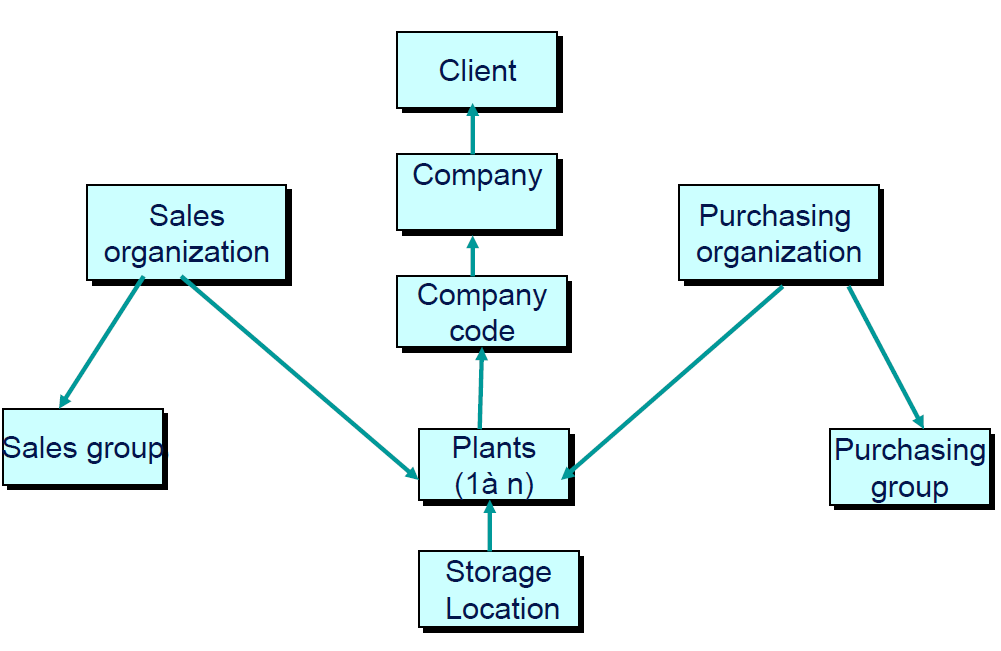
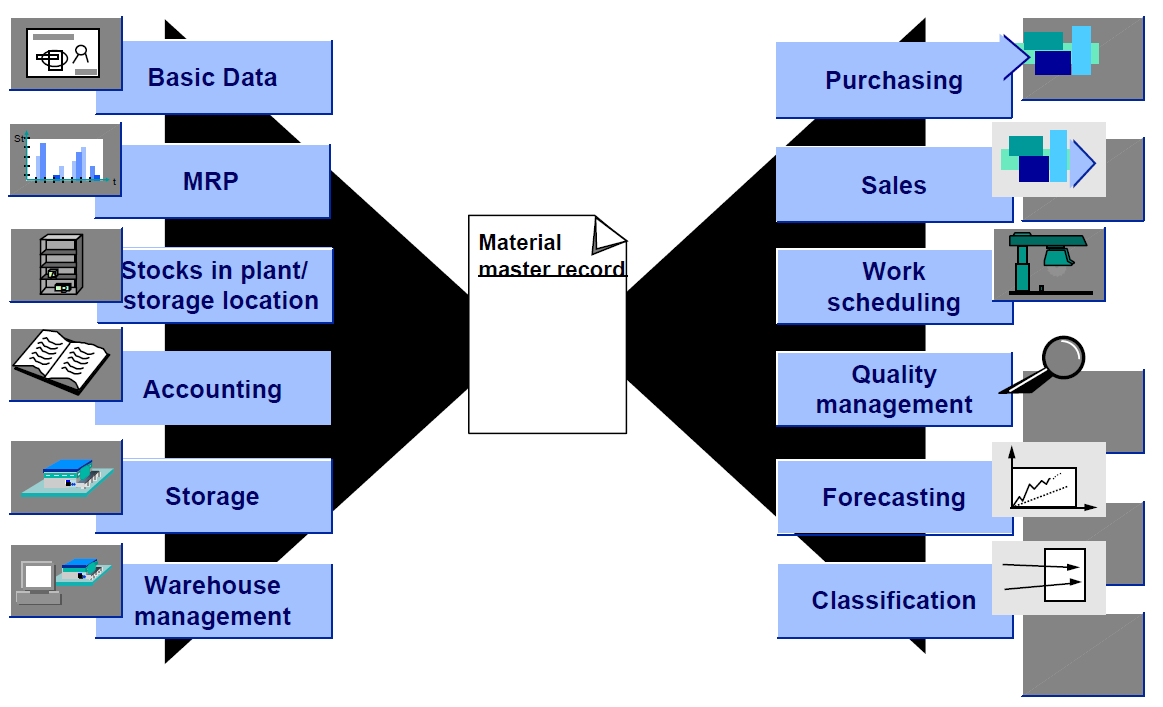
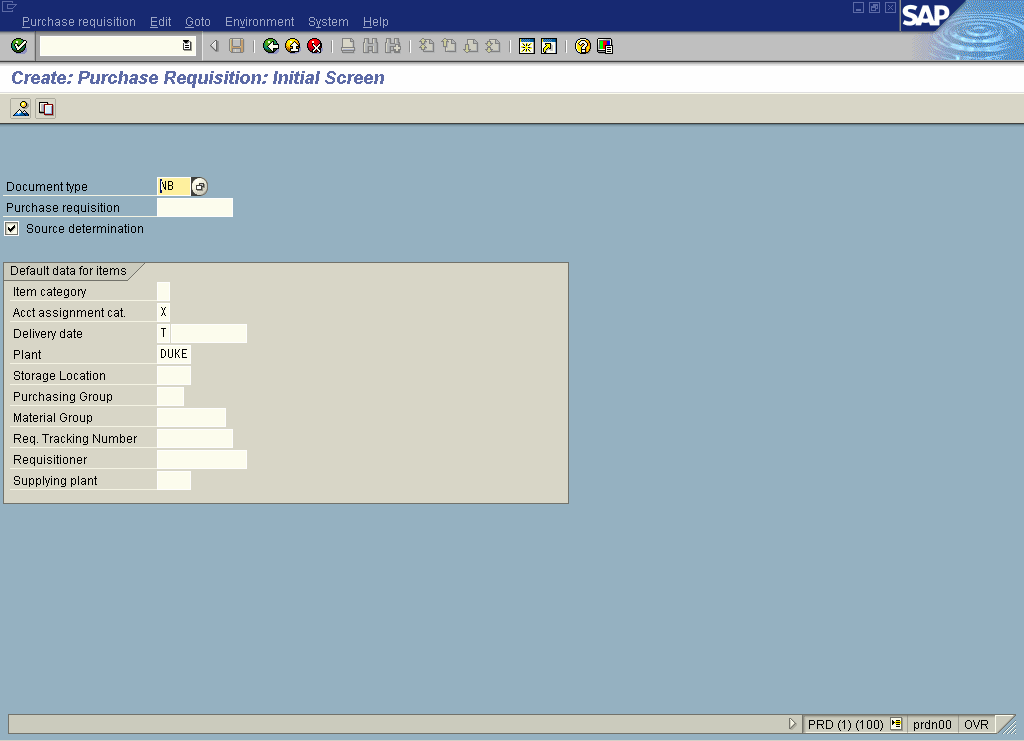
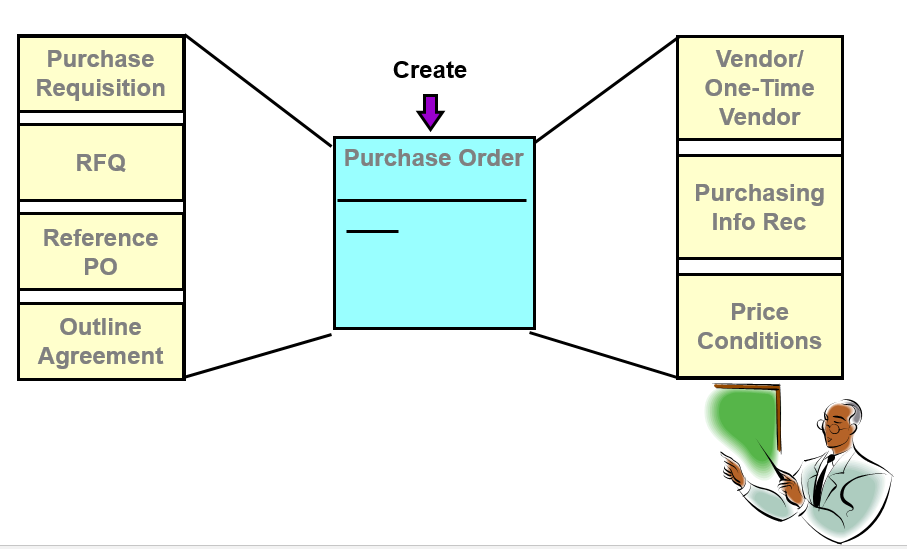
Leave a Reply